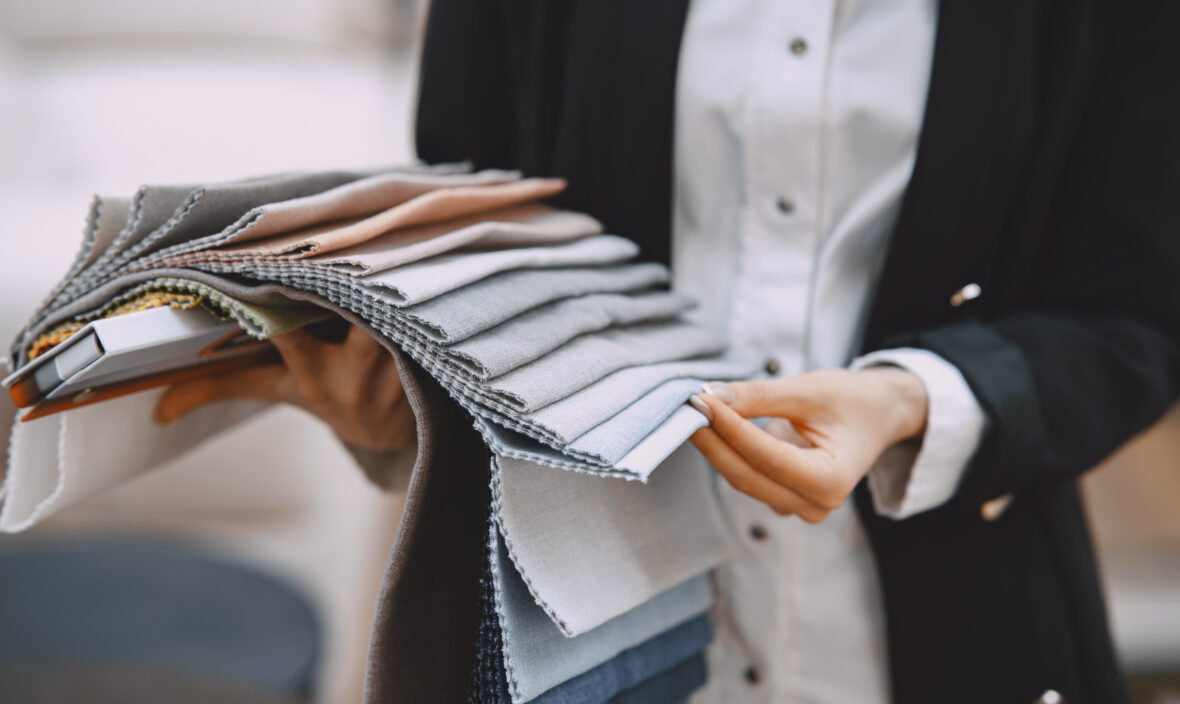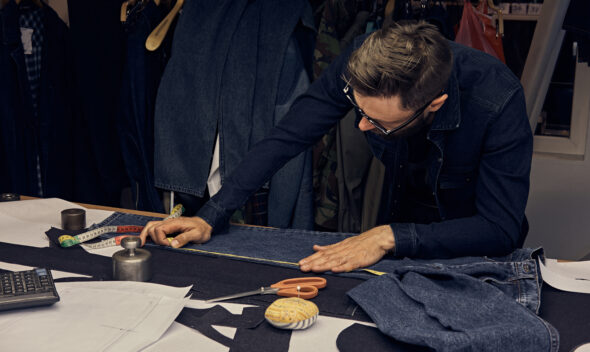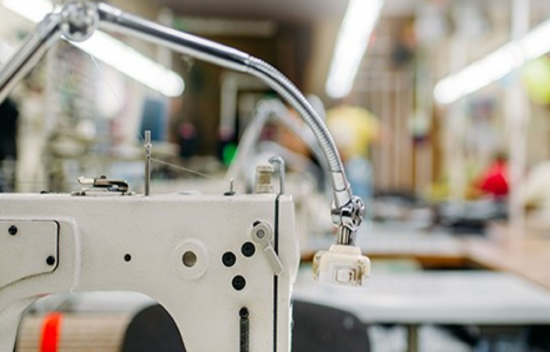Staying dry and comfortable during physical exertion is pivotal for performance and overall well-being. Traditional fabrics like cotton tend to absorb sweat, leaving you feeling damp, glacial, and potentially stupefied.
humidity-wicking fabrics have revolutionized the world of sportswear, out-of-door gear, and indeed casual apparel. But what exactly makes them different from regular fabrics, and how do they keep y
ou dry? Let’s dive into the wisdom behind these innovative fabrics and understand why they’re a must-have in activewear.
This is where the magic of humidity-wicking fabrics comes by. These innovative accouterments are finagled to transport sweat down from your skin, keeping you dry and comfortable during violent exertion. But how exactly do they work? This composition delves into the wisdom behind humidity-wicking fabrics, exploring their construction, the mechanisms of wicking, and the colorful types available.
Understanding the Problem of Why Cotton Falls Short:
Cotton, a natural fiber, is known for its wimpiness and breathability. still, its hydrophilic nature means it readily absorbs water. While this can be salutary in some situations, like napkins, it becomes a disadvantage during exercise. As you sweat, cotton absorbs the humidity, getting impregnated and heavy. This wet fabric clings to your skin, hindering evaporation and leading to discomfort. likewise, wet cotton can make you feel cold, especially in cooler rainfall, as the humidity draws heat down from your body.
The Solution Engineered for Dryness:
humidity-wicking fabrics, in discrepancy, are designed to repel water( hydrophobic) and laboriously move humidity down from the skin. These fabrics are generally made from synthetic filaments like polyester, nylon, and polypropylene, although some composites incorporate natural filaments like merino hair while retaining wicking parcels. The key to their performance lies in their unique fiber structure and fabric construction.
The Mechanics of Wicking A Two-Part Process:
Humidity-wicking involves two primary processes:
Wicking This is the transport of liquid along the face of the filaments and through the spaces between them, driven by capillary action. Capillary action occurs because of the forces of cohesion( magnet between water motes) and adhesion( magnet between water motes and the fiber face). The spaces between the filaments act like bitsy capillaries, drawing the sweat down from the skin.
Evaporation Once the humidity has been wicked down from the skin and spread throughout the fabric’s external subcaste, it evaporates more readily. This evaporation process cools the body, further enhancing comfort.
Fiber Structure The Foundation of Wicking:
The type of fiber used plays a significant part in humidity-wicking performance. Synthetic filaments like polyester and nylon are innately hydrophobic, meaning they do not absorb important water. rather, they ease the movement of humidity through the spaces between the filaments. The cross-sectional shape of the fiber also contributes to wicking. filaments with irregular or conducted cross-sections produce further face area and enhance capillary action. For illustration, some polyester filaments are designed with a” T” or” star” shape, adding the face area and perfecting wicking performance.
Fabric Construction Weaving and Stitching for Wicking:
The way the fabric is constructed also influences its humidity-wicking capabilities. Knitted fabrics, with their connected circles, generally offer better wicking than woven fabrics. The circles produce further space for humidity to move through. The specific knit structure, similar to a double-knit or snare construction, can further enhance breathability and humidity transport. Woven fabrics, while frequently more durable, generally have a tighter weave, which can circumscribe tailwind and humidity movement.
Types of humidity- Wicking Fabrics:
Polyester: An extensively used synthetic fiber, polyester is hydrophobic, durable, and fairly affordable. It’s a popular choice for athletic wear and tear.
Nylon: Another synthetic fiber, nylon is strong, featherlight, and has good wicking parcels. It’s frequently used in performance vesture and base layers.
Polypropylene: This hydrophobic fiber is excellent at repelling water and is frequently used in high-performance sportswear and thermal undergarments.
Merino hair: While a natural fiber, merino hair possesses excellent humidity-wicking capabilities due to its unique fiber structure. It can absorb a significant quantum of humidity vapor while still feeling dry to the touch. Merino hair is also known for its wimpiness and warmth, making it a popular choice for out-of-door conditioning.
Blends numerous humidity-wicking fabrics are composites of different filaments. Combining polyester with a small quantum of cotton can enhance comfort while maintaining wicking performance. composites with spandex add stretch and inflexibility.
Beyond Performance Other Benefits of Humidity-Wicking Fabrics:
Besides keeping you dry and comfortable, humidity-wicking fabrics offer several other advantages
Reduced Chafing By keeping your skin dry, these fabrics minimize disunion and reduce the threat of chafing, especially during prolonged exertion.
Odor Control While the fabric itself does not help sweating, it helps manage odor by precluding the buildup of humidity that bacteria thrive on. Some fabrics are indeed treated with antimicrobial homestretches to further inhibit odor.
Quick Drying humidity- wicking fabrics dry much faster than cotton, which is pivotal during conditioning where you might encounter rain or sweat profusely.
Care and conservation:
To maintain the performance of humidity-wicking fabrics, it’s essential to follow the care instructions on the garment marker. Generally, it’s stylish to avoid using fabric mufflers, as they can cover the filaments and reduce their wicking capability. Washing these fabrics in cool water and tumble drying on low heat is generally recommended.
The Future of Humidity- Wicking:
The technology behind humidity-wicking fabrics continues to evolve. Experimenters are exploring new fiber composites, fabric constructions, and face treatments to further enhance performance. Smart fabrics that can respond to changes in body temperature or environmental conditions are also being developed.
Conclusion:
In conclusion, humidity-wicking fabrics have unnaturally changed the way we approach athletic wear and tear and performance vesture. They represent a triumph of material wisdom, finagled to combat the discomfort and performance hindrances associated with sweat. By understanding the intricate mechanisms of wicking, from the capillary action within the fabric structure to the enhanced evaporation at the external subcaste, we gain a deeper appreciation for the technology behind these putatively simple garments. The shift from traditional humidity-absorbing accouterments like cotton to hydrophobic synthetic filaments like polyester and nylon, and indeed specialized natural filaments like merino hair, has allowed athletes and active individualities to stay drier, more comfortable, and eventually, perform better.
The benefits of humidity-wicking extend beyond bare comfort. By minimizing the adhering sensation of wet fabric, these accouterments reduce chafing, a common problem during emphatic exertion. likewise, the quicker drying times of these fabrics help the nipping effect that can do with wet cotton, especially in cooler surroundings. The operation of odor is another positive trait, as the drier terrain created by wicking fabrics inhibits the growth of odor-causing bacteria. While the fabric itself does not help sweating, it manages the performing humidity more effectively.
The ongoing advancements in cloth technology pledge indeed more sophisticated humidity-wicking results. Experimenters constantly explore new fiber composites, innovative fabric constructions, and intelligent face treatments to optimize performance. The future of humidity-wicking fabrics likely includes smart fabrics that can stoutly respond to changes in body temperature and environmental conditions, further enhancing comfort and athletic performance. As we continue to push the boundaries of physical exertion, the significance of effective humidity operation will only grow, and humidity-wicking fabrics will remain at the van of athletic and out-of-door vesture invention. They’re a testament to how scientific understanding, combined with innovative design, can significantly impact our comfort, performance, and overall well-being.







Leave a comment